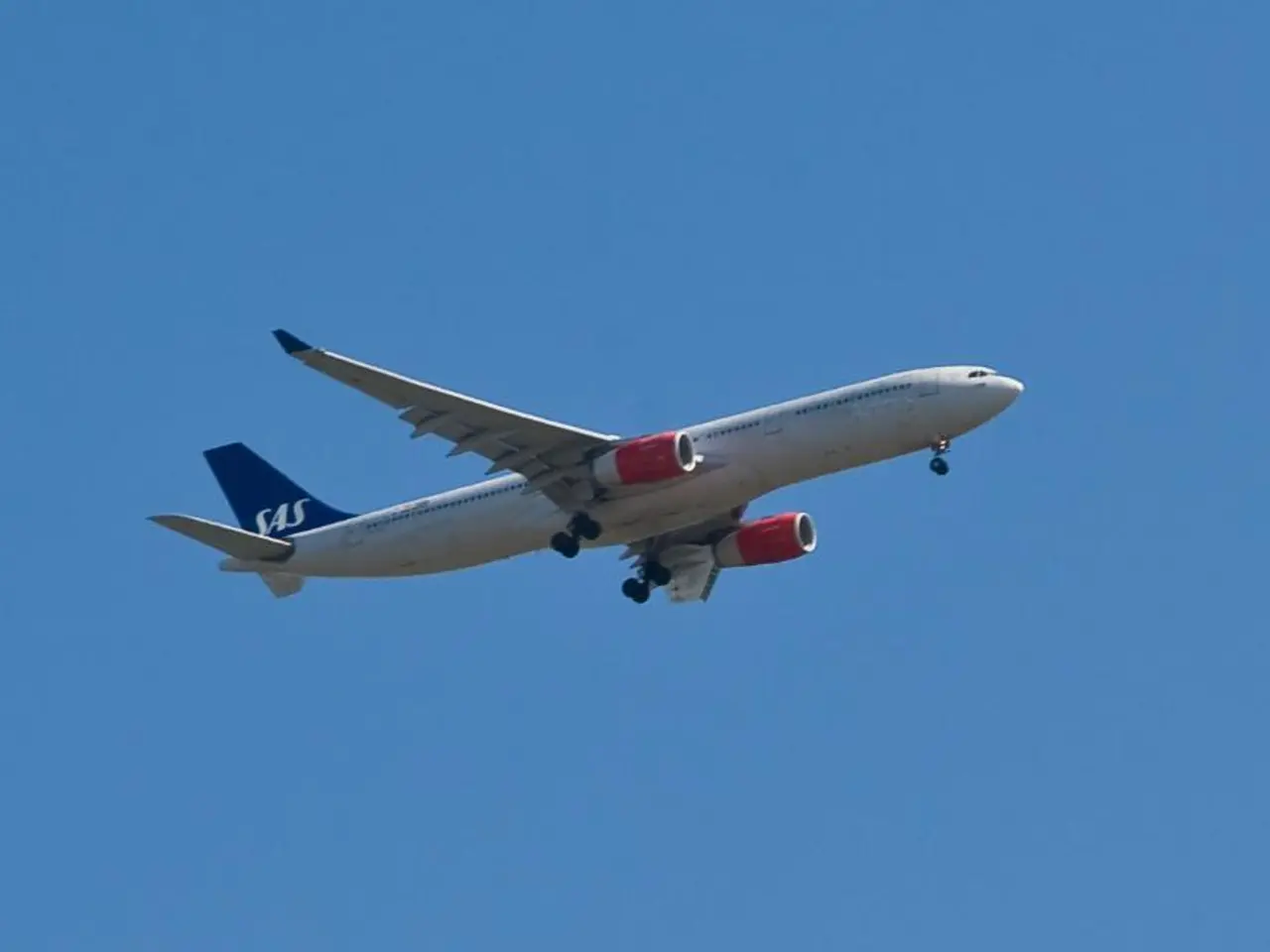Military Announces Capability of B-21 Bombers for Combat Missions; Northrop Grumman Given Green Light for Expanded Production at Plant 42
Expansion Plans for the Next-Generation B-21 Raider Bomber
The U.S. Air Force is set to expand the production of its next-generation long-range bomber, the B-21 Raider, as outlined in the service's fiscal 2026 budget. The planned production expansion strategy primarily involves increasing the manufacture of the aircraft within Northrop Grumman’s existing Plant 42 facility in Palmdale, California, where the initial testing and assembly are currently taking place.
The 2026 budget request for the B-21 totals $10.3 billion, with $4.5 billion earmarked for expanded manufacturing. This expansion relies on utilizing existing infrastructure rather than building new factory sites immediately. However, experts and analysts have suggested that a second production facility would eventually be necessary to meet higher production targets.
The Tier 1 suppliers involved in the B-21 production, who are also expected to expand their production capabilities alongside Northrop Grumman’s Plant 42, include BAE Systems, Collins Aerospace, GKN Aerospace, Spirit AeroSystems, Janicki Industries, and Pratt & Whitney, which is producing the B-21’s engines.
Ellsworth Air Force Base in South Dakota is being developed as the first operational base and training center for the B-21, with construction underway since 2021. The Air Force has confirmed that the program is built on producing robust test aircraft that are as close to production aircraft configuration as possible. There will be at least two test-configured aircraft in FY26.
The B-21s are intended to replace the B-2 and B-1 in the early 2030s. The Air Force and Northrop Grumman have identified several Tier 1 suppliers that will also expand B-21 production, including BAE Systems, Collins Aerospace, GKN Aerospace, Janicki Industries, Spirit Aerosystems, and RTX's Pratt & Whitney division.
The specific criteria for determining when the B-21 has achieved Initial Operational Capability (IOC) are classified, as is the production rate of the B-21. However, it is believed to be around 7-8 aircraft per year. The Air Force is committed to the successful fielding of the B-21 and is investing in the infrastructure necessary to support an increased yearly production capacity.
| Aspect | Details | |-----------------------------|--------------------------------------------------------------| | Production Facility | Northrop Grumman Plant 42, Palmdale, CA | | Production Budget (FY2026) | $10.3 billion total; $4.5 billion for increased production | | Tier 1 Suppliers | BAE Systems, Collins Aerospace, GKN Aerospace, Spirit AeroSystems, Janicki Industries, Pratt & Whitney engines | | Expansion Strategy | Use existing plants and supplier capacity; possible future second production line proposed but not yet realized | | First Operational Base | Ellsworth Air Force Base, South Dakota |
- The expansion strategies for the B-21 Raider production primarily focus on increasing the aircraft's manufacture within Northrop Grumman’s existing Plant 42 facility in Palmdale, California.
- The militarized aerospace industry, including Tier 1 suppliers such as BAE Systems, Collins Aerospace, GKN Aerospace, Spirit AeroSystems, Janicki Industries, and Pratt & Whitney, is expected to expand their production capabilities in synchronicity with Northrop Grumman’s Plant 42.
- As the first operational base for the B-21 Raider, Ellsworth Air Force Base in South Dakota is being aggressively developed, with construction ongoing since 2021.
- Aerospace technology advancements in the military sector are key to producing robust test aircraft that closely mirror the production aircraft configuration, as confirmed by the Air Force.
- The upcoming space force and defense financiers should be aware that the planned production budget for the B-21 Raider reaches $10.3 billion in fiscal 2026, with $4.5 billion directed towards increased production.
- As the Air Force strives to overtake the B-2 and B-1 bombers, the next-generation B-21 Raider is expected to have an initial operational rate of around 7-8 aircraft per year once it achieves Initial Operational Capability (IOC).
- With the goal of successful fielding of the B-21 Raider, the Air Force is heavily investing in infrastructure to support an increased yearly production capacity, which may further necessitate the development of a second production facility in the future.




